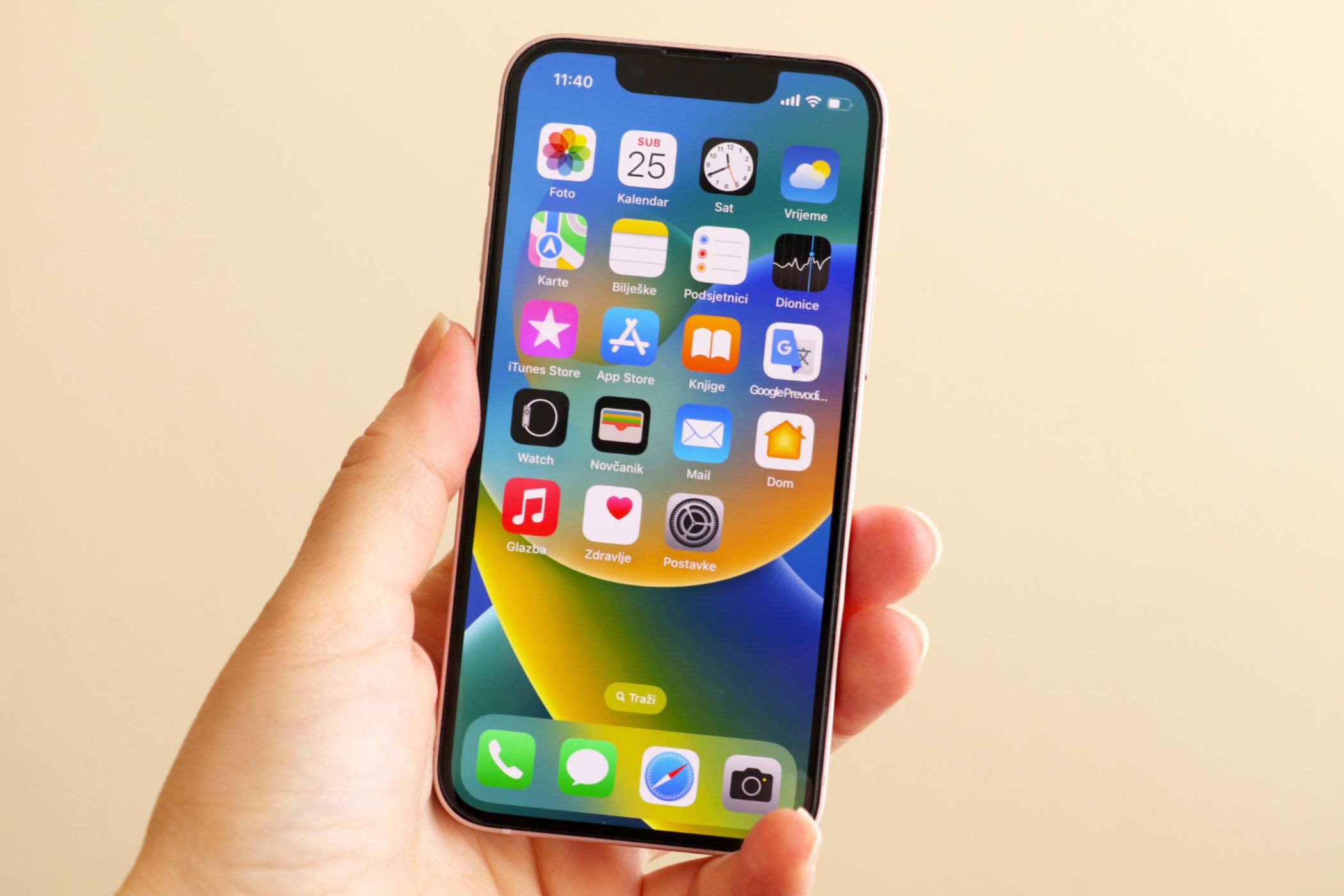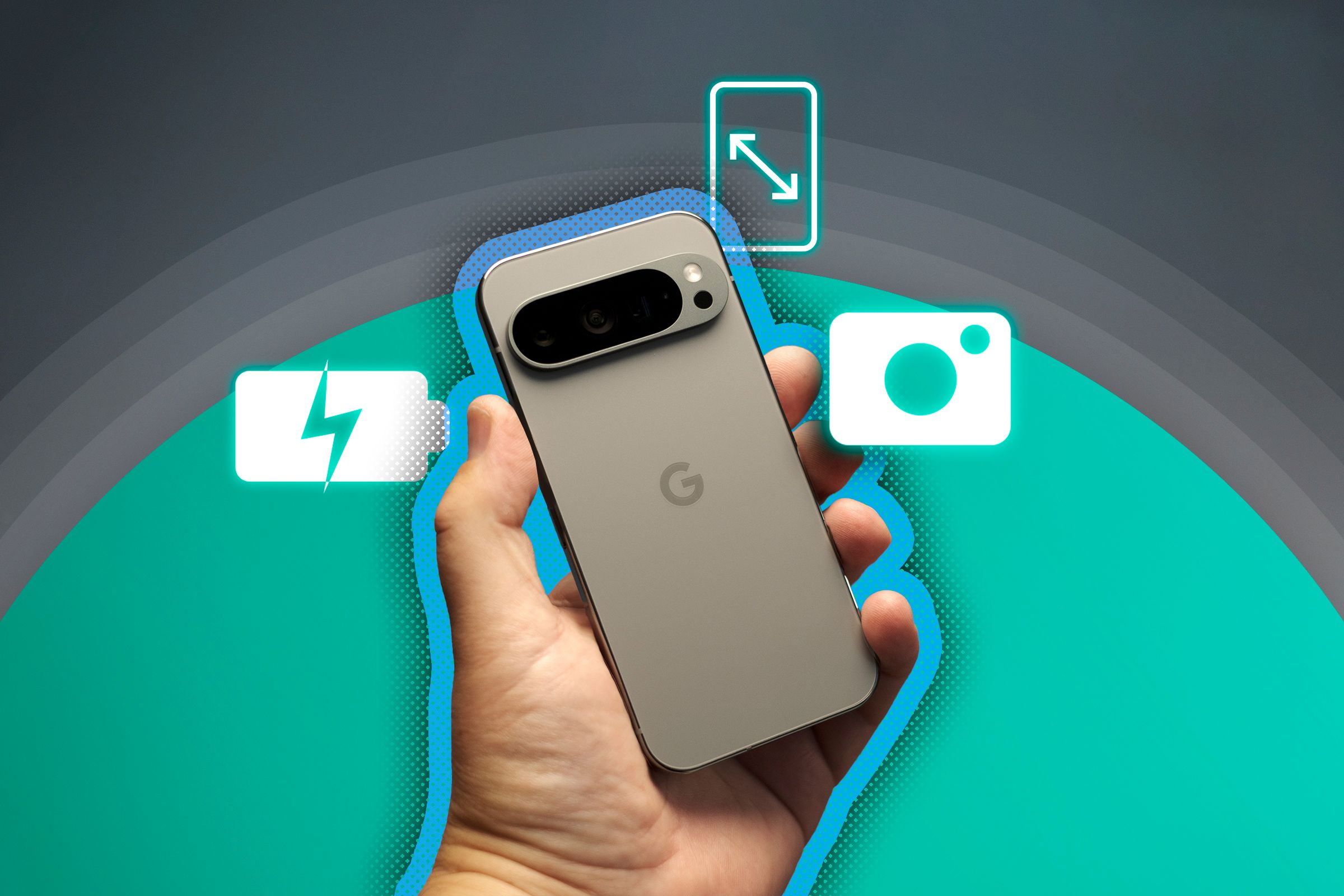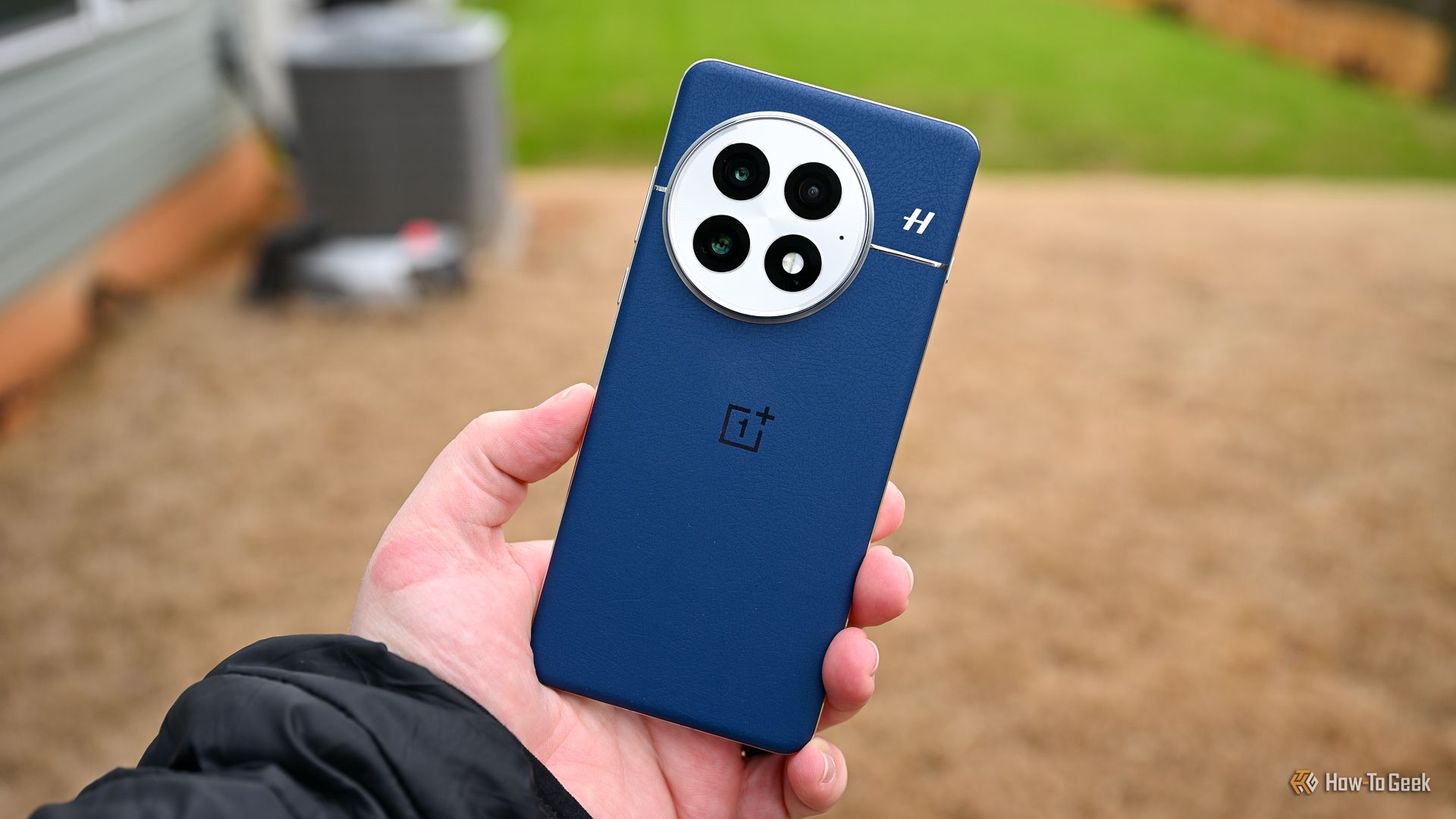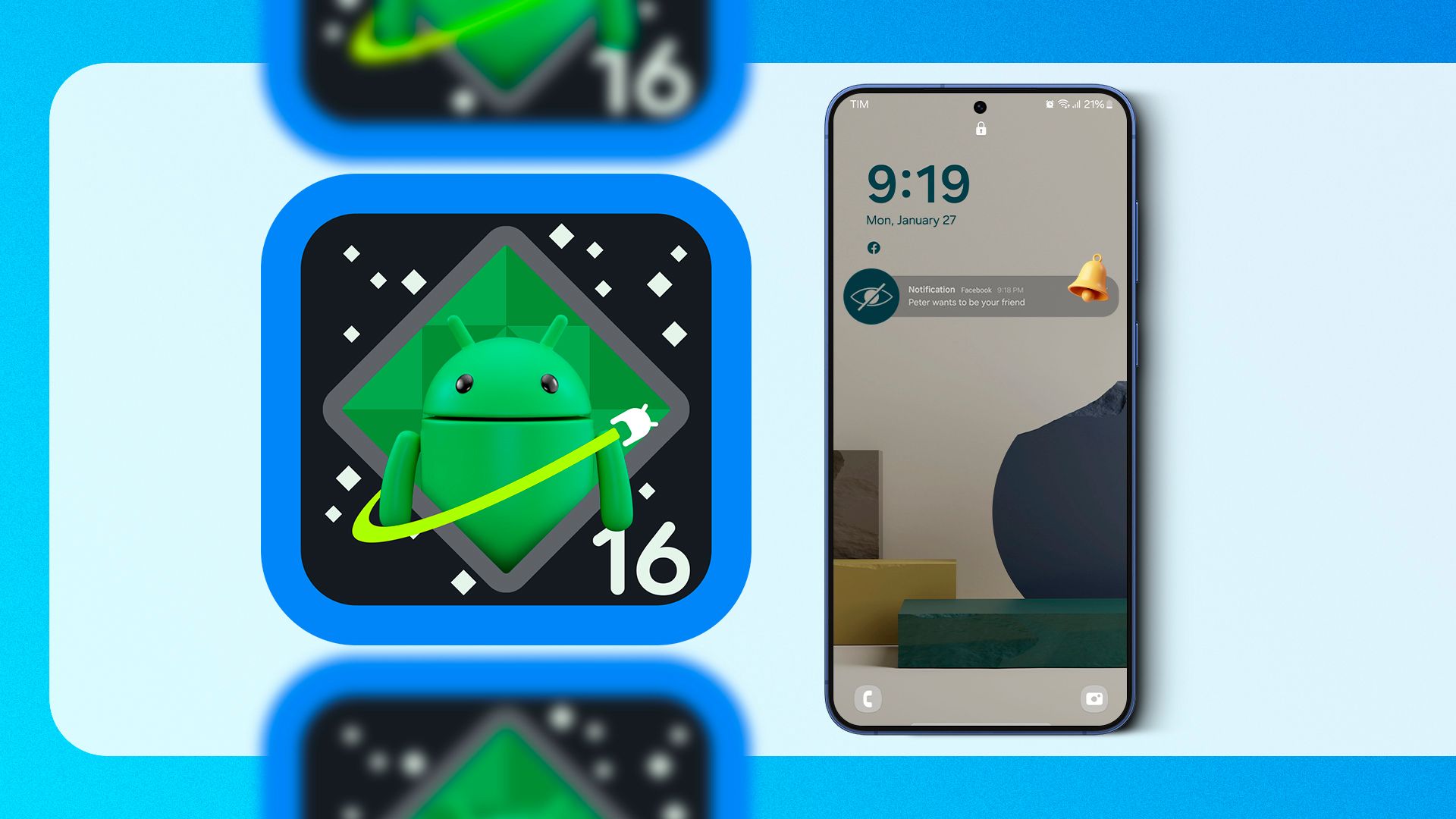Somewhere along the way, we overlooked that consumer tech is supposed to be comfortable, and not just functional. Phones today are incredibly powerful but also absurdly bulky, causing fatigue when held for long and forming a huge bump when stowed in your pocket.
Samsung’s latest addition, the Galaxy S25 Edge, aims to fix that with its ultra-slim design. Yet, in doing so, it also highlights an industry-wide problem: our battery tech is long overdue for an upgrade. To support new form factors, we need power solutions that can keep up.
What Went Wrong With the iPhone Mini
The tech landscape is very different now from what it was several years ago. We all complain that smartphones have become boring, but at the same time, not many of us would risk buying a phone that comes with compromises to accommodate its unconventional form. This is partly why foldable phones are not mainstream yet, and also why the iPhone Mini failed.
The idea of a compact phone is certainly appealing, and both the iPhone 12 Mini and 13 Mini were very well-received by reviewers for their extreme portability and ease of one-handed use. In fact, the few who actually bought these iPhones vouch for them to this day, going so far as to claim they’ll use these phones till they fall apart.
The problem is that a chassis that small leaves little room for the battery unit, and since both devices were priced just $100 short of their non-Mini counterparts, most buyers couldn’t overlook the inferior battery life and hence sided with safer alternatives. And because tech companies make their phones for the masses and not enthusiasts, Apple scrapped the whole lineup after just two iterations.
Poor battery life is not the only reason the iPhone Mini flopped. It’s also the fact that people naturally associate bigger screens with getting more value. According to a 2014 study, “a large screen, compared to a small screen, is likely to lead to higher smartphone adoption by simultaneously promoting both the utilitarian and hedonic qualities of smartphones.”
This isn’t exactly news. We’re way past the point of using our phones for just calling, texting, playing music, and setting reminders. We use them for media consumption, content creation, navigation, gaming, working, video calling, shopping, web browsing, and multitasking. All of these things benefit from a larger screen.
Why Slim Phones Might Actually Work
Slim phones like the S25 Edge and the all-but-confirmed iPhone 17 Air inevitably compromise battery life too. In fact, the former only has a 3900mAh cell—that’s less than the base 6.2-inch Galaxy S25. We don’t know the battery size of the iPhone 17 Air yet. Still, several reliable sources expect it to be under 3000mAh, which is grossly inadequate by today’s standards, even if you factor in the efficiency of Apple’s chips and iOS.
That said, because these phones offer the same screen estate as a regular phone, there’s a fair chance they might not meet the same fate as small phones. Yes, they have downsides, but let me remind you that the iPhone 6 and 6 Plus (Apple’s thinnest phones at the time) sold 220+ million units despite literally bending in half, making them the best-selling iPhones of all time, so there’s clearly a demand for slim phones.
Keep in mind that these devices aren’t intended for savvy buyers like you and me who shop online, compare specs, watch reviews, and do detailed analysis before buying a new phone. They’re intended, I would guess, for people who were going to buy a big screen phone anyway, but if given a choice, would prefer a lighter alternative that doesn’t feel like a brick.
For instance, women’s jean pockets have barely any room in them, so a slimmer phone that stows nicely is a genuine selling point. Similarly, your parents probably don’t care about having a telephoto camera with 3x optical zoom, and would much rather have a lighter phone that doesn’t strain their hands when they’re video calling you.
When you’re out for a run, a slimmer phone doesn’t weigh you down and is easier to store in an arm band. That way, your phone doesn’t keep bouncing in your pocket while you’re running, and potentially fall out and shatter. A lighter phone is also less likely to slip out of your hands or a car mount, and can be held for much longer while reading ebooks or watching movies. I can think of like 10 more examples, but you get the idea.
The point I’m trying to make is this: given enough iterations, slim phones can become recommendable to the masses, even though they aren’t so now. Case in point, the S25 Edge doesn’t have as many compromises as we speculated. It has the same chip, main camera, and titanium body as the S25 Ultra, and early tests show that it’s not as fragile as it looks.
The phone admittedly has poor heat dissipation, but the vast majority of users are not gamers and are unlikely to push the device to its limits, so we can overlook the inferior thermals, at least for now. That means battery life really is the only thing holding back slim phones.
We Already Have a Solution, But Apple and Samsung Are Yet to Use It
The good news is that the inferior battery life of slim phones is a solvable problem. If you follow tech closely, you might be aware that many Chinese manufacturers have started using new silicon-carbon batteries that are more energy-dense, which means they can store more power in the same physical footprint.
Phones like the OnePlus 13, Vivo X200 Pro, Oppo Find X8 Ultra, iQOO 13, Xiaomi 15 Pro, and many others use this tech, and have managed to reach 6000mAh. In fact, the Honor Power has a massive 8000mAh battery despite being just 8mm thick and lighter than the S25 Ultra. That much power is more than enough for two full days of use.
If slim phones are to become mainstream, they have to adopt this tech as soon as possible. They may not be able to get anywhere close to these numbers anytime soon, but if the S25 Edge had just a little bit more juice, say, 4500mAh, it’d be a lot easier to recommend it.
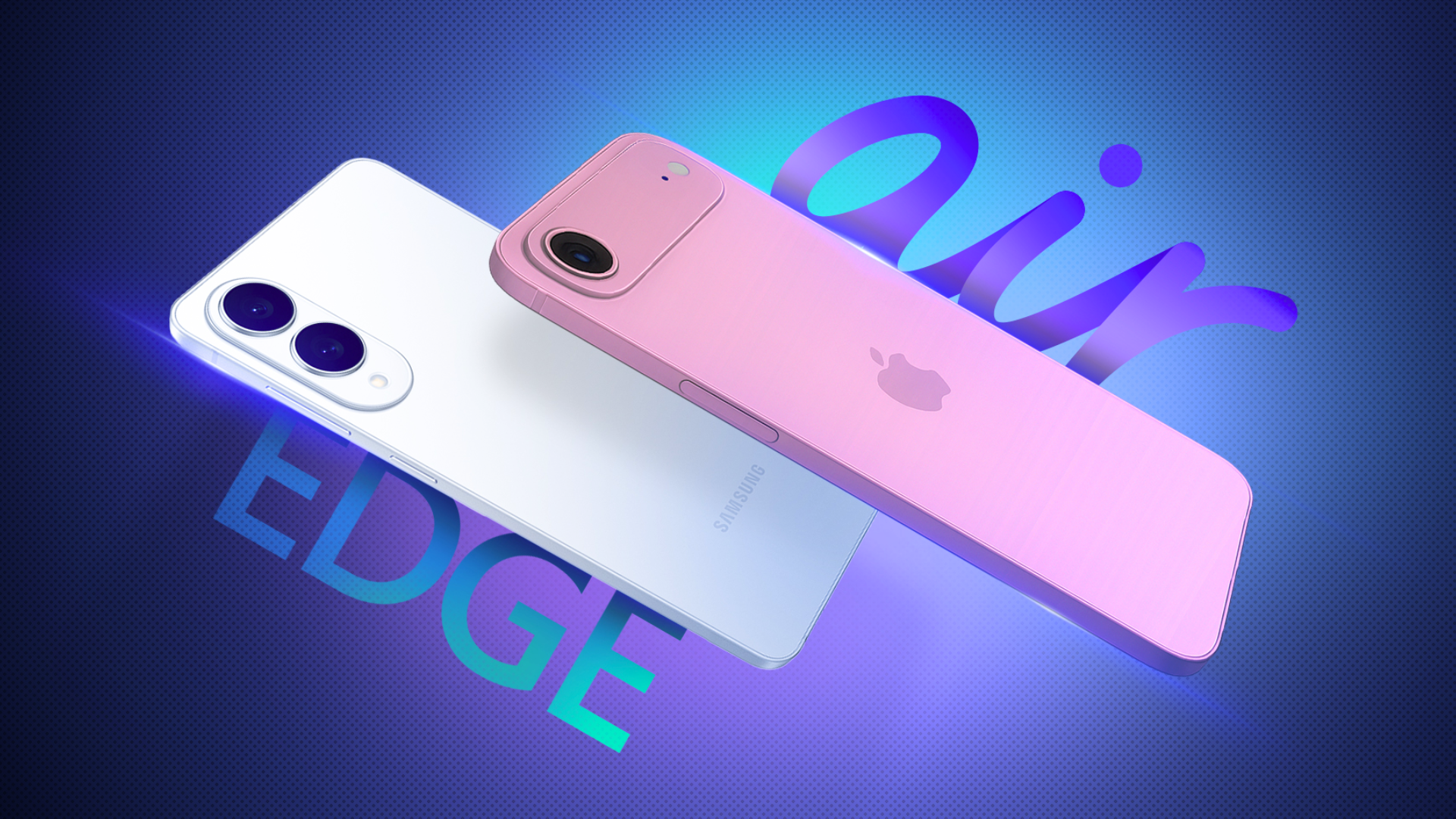
Related
How the Ultra-Thin iPhone Air Could Avoid the Galaxy Edge’s Biggest Problems
The iPhone 17 Air might be a better deal than the Galaxy S25 Edge, provided Apple solves these problems.
Silicon carbon batteries are nice to have on regular phones, but absolutely crucial for phones with unconventional designs. Why? Because small phones, slim phones, flip phones, and book-style foldable phones all ultimately suffer from the same problem: their design doesn’t leave enough room inside the chassis to fit a sizable battery.
On a folding phone, the hinge usually takes up almost a third of the entire space available. This is why, despite having a massive 7.6-inch inner screen, the Galaxy Z Fold 6 only has a 4400mAh battery. Similarly, the battery unit inside slim phones needs to be incredibly skinny to allow for that thinness.
At the time of writing, there are rumors but no conclusive evidence that Apple and Samsung will adopt this tech for their upcoming flagships, presumably out of caution.
Samsung has PTSD from its Galaxy Note 7 incident, so it’s understandable why it wouldn’t want to rush with new battery tech, and Apple has never really been a first-mover and instead likes to wait for existing technologies to mature before putting them on the iPhone. But if competition heats up and other brands start offering slim phones with more battery life, they’d have no choice but to hop on board sooner.
More Capacity Will Allow Us to Take Advantage of Long Software Support
More battery life is the easiest way to please customers, not just because it’s convenient to not have to constantly charge your phone, but also because greater capacity gives you more lifespan. In other words, a bigger battery remains adequate for longer even after years of degradation, so you’re not forced to replace it or upgrade your phone sooner than you’d like.
Let me put this into perspective. Most tech companies consider 80% battery health after 800 charge cycles as the target. So let’s say you got the OnePlus 13, and if you charge your phone once a day, it would take a little over two years for its 6000mAh battery to degrade to 80%, leaving you with very respectable 4800mAh of power—that’s almost as much as a brand-new Galaxy S25+.
If you’re someone who actively tries to maintain your battery health, it’s not a crazy assumption that you might be able to keep your phone for at least five years, given the extra capacity. This will allow you to actually take advantage of long software support. Both Samsung and Google now offer seven years of software updates, but since smartphones don’t last that long, many criticize this move.
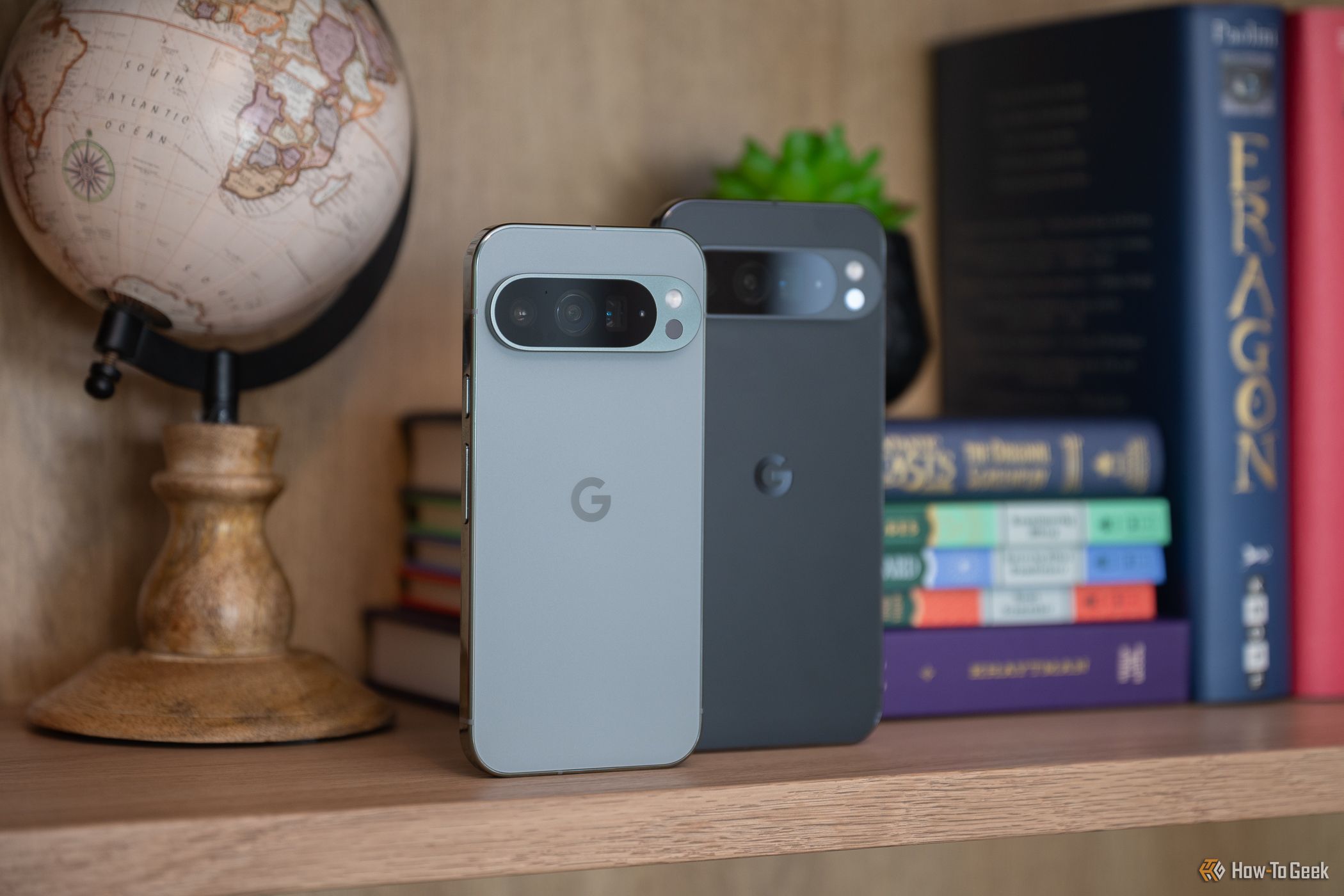
Related
Don’t Buy an Android Phone Expecting It to Last 7 Years
And spending more on a flagship phone isn’t the answer.
However, with silicon-carbon batteries, this might no longer be the case. More capacity is just better. Period. It also helps reduce e-waste since you won’t have to upgrade as often, and it’s better for companies too because they can justify charging a premium for their phones and tie you deeper into their ecosystem.
Adopting silicon-carbon batteries will give tech companies more room to work on unconventional form factors and make regular phones last even longer.
We’re already seeing a slow resurgence of small phones, thanks to the OnePlus 13T and Vivo X200 Pro Mini, both of which offer more than 5000mAh of power despite having 6.3-inch screens—that’s small enough to be comfortable yet big enough to remain appealing.
As far as slim phones are concerned, would I buy one? Probably not. Would I recommend them? Depends on the buyer. Am I excited that phones are fun again? Absolutely.

